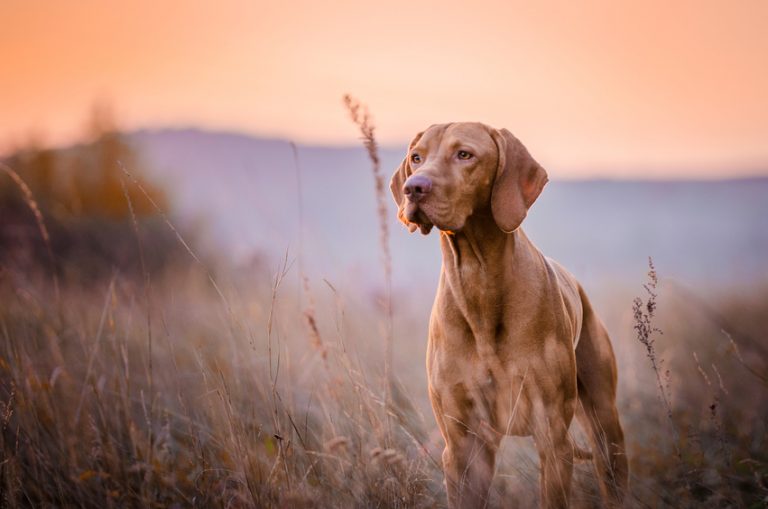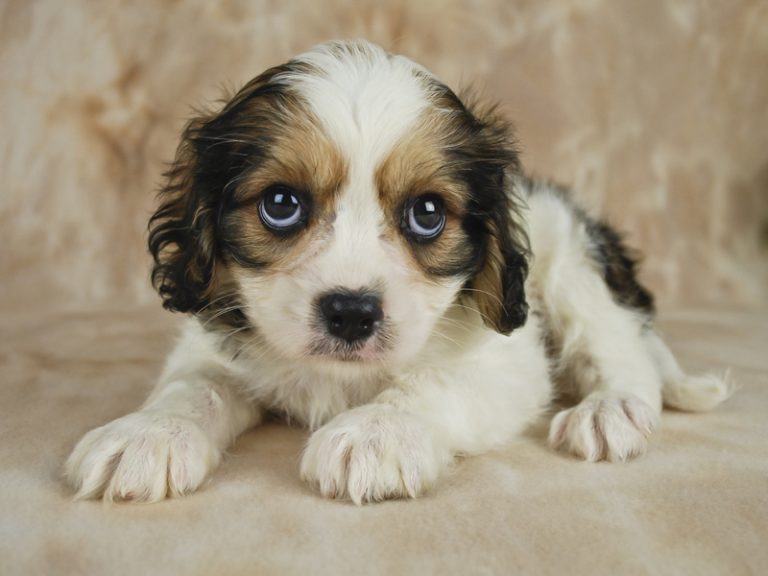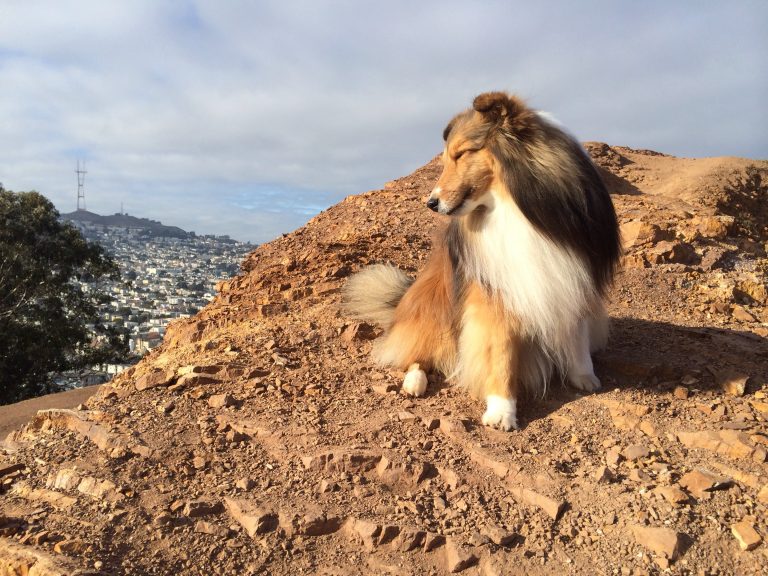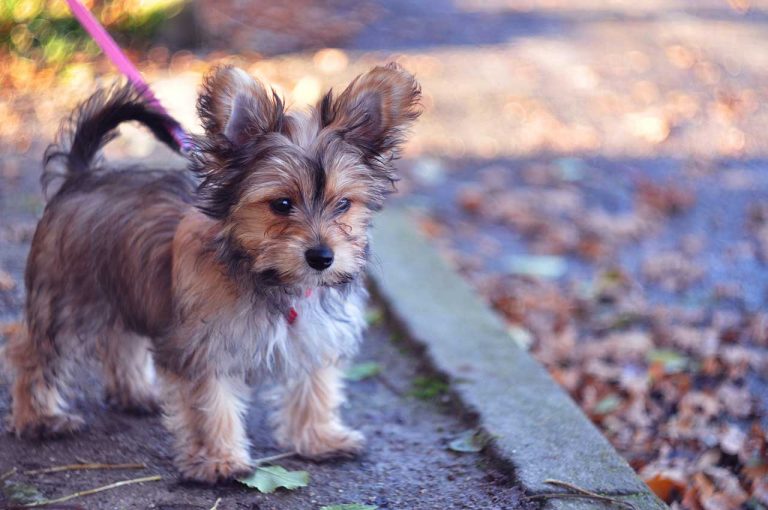Schnoodle
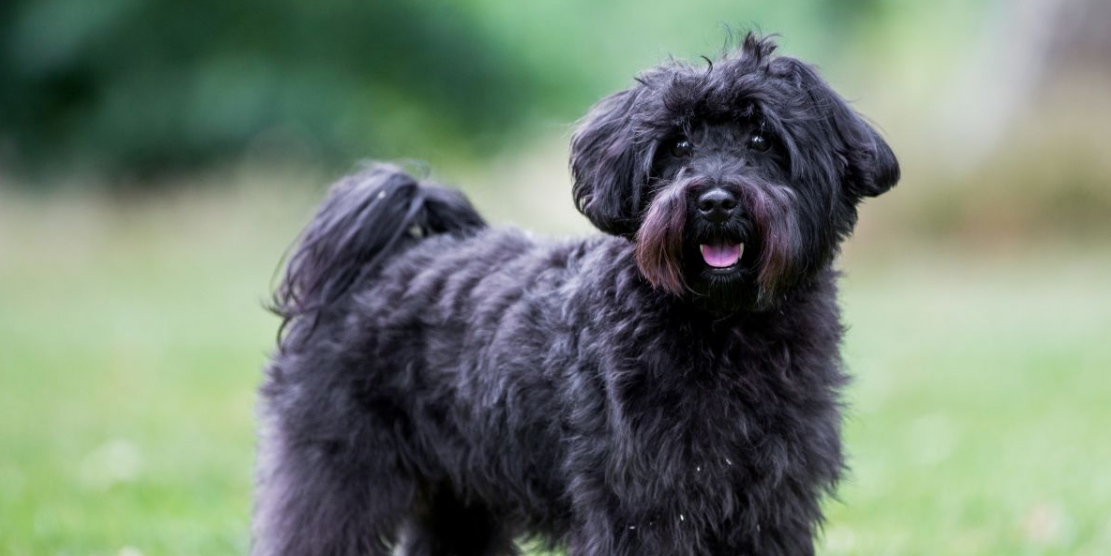
Contents of Article
What Exactly is a Schnoodle?
The Schnoodle is a mixed breed dog (also known as a hybrid) resulting from a cross between a Miniature Schnauzer and a Poodle.
One thing you need to know is that Poodles come in three different sizes, so the size of your Schnoodle could vary greatly depending on breeding.
In most cases, Scnhoodles are bred from Miniature Schnauzers with either a Toy Poodle or a Miniature Poodle. There is another version of the Schnoodle which is bred from the Standard Poodle with the Giant Schnauzer – this breed is called the Giant Schnoodle.
Because the Schnoodle is a mixed-breed dog it is difficult to predict what he will be like in terms of size, color, personality, and temperament. You can expect, however, that he will exhibit a combination of these traits acquired from both parent breeds.
Characteristics of a Miniature Schnauzer
The Miniature Schnauzer is a Schnauzer-type dog but it is not just a smaller version of the Standard Schnauzer. The Miniature Schnauzer breed was developed by crossing a Standard Schnauzer with a number of smaller breeds including the Affenpinscher and the Miniature Poodle. The earliest records of the Standard Schnauzer breed date back to the late 19th century in Germany where they were developed as medium-sized farm dogs. Over time, farmers began to selectively breed their Schnauzers to develop a smaller, more compact version for the purpose of ratting. The first record of a Miniature Schnauzer dates back to 1888 and the first exhibition of the breed occurred in 1899.
In keeping with the Schnauzer type, the Miniature Schnauzer has a very square-shaped build and a wiry coat. These dogs stand an average of 12 to 14 inches tall and weigh between 10 and 20 pounds on average with females being a little smaller than males. The Miniature Schnauzer has a double coat with a very soft, dense undercoat and a wiry outer coat. These dogs come in various shades of black, white, and gray with common colorations being solid black, pure white, salt-and-pepper, and black-and-silver. Miniature Schnauzers are sometimes described as non-shedding dogs, though this is not strictly true. These dogs shed very minimally, however, and a lot of the shed hair gets caught up in the wiry coat. This makes the breed a great choice for allergy sufferers. Even though the Miniature Schnauzer doesn’t shed much, regular brushing and grooming is still required because the coat can grow fairly long without occasional trimming.
The Miniature Schnauzer is a very spirited breed with a friendly temperament and an eager-to-please attitude. These dogs can be a little bit willful at times, though they are generally very obedient to command and their intelligence lends itself to excellent trainability. This breed has natural territorial instincts which makes it a great watchdog, though they are more inclined to bark than bite. Miniature Schnauzers tend to be somewhat aloof around strangers until they are introduced – at that point, they become eager friends. These dogs are very playful and energetic so they can be a good choice for older children. Miniature Schnauzers generally do well with other dogs, though they have a high prey drive and may chase cats, birds, and other small pets.
Because the Miniature Schnauzer is such an energetic breed he requires plenty of daily exercise and active playtime. These dogs are also very smart, so mental stimulation is just as important as physical exercise. This breed is generally not a good choice if you are looking for a lap dog but they make great companions for active children. In terms of health, the Miniature Schnauzer breed has a fairly short lifespan for a dog of its size, closer to 12 than 15 years. These dogs are at a high risk for developing health problems associated with a high-fat diet such as hyperlipidemia and pancreatitis. This breed is also prone to diabetes, eye problems, bladder stones, von Willebrand disease, and ear infections. To reduce the risk of congenital conditions, make sure to purchase your Miniature Schnauzer from a reputable breeder.
Also Read about Cane Corso
Characteristics of a Poodle
The most important thing you need to know about the Poodle is that there are three different versions of the breed – the Standard Poodle, Miniature Poodle, and Toy Poodle. The three Poodle varieties are divided by size (in the order listed from largest to smallest) but they exhibit many of the same physical characteristics. All three Poodle varieties exhibit the iconic curly Poodle coat that can grow quite long. Because the Poodle’s coat never stops growing it requires regular brushing and grooming as well as occasional trimming to keep its length under control. As quickly as the Poodle’s coat grows, it is a fairly low-shedding breed because much of its shed hair gets caught up in the curls.
Poodles come in a wide variety of different colors including black, brown, tan, cream, beige, white, apricot, silver, and blue. These dogs are often solid-colored, though they can be bicolor or tricolor as well. The Poodle has a single coat but it is very dense – this helps to keep the Poodle warm in cold water while it fulfills its duty as a water retriever. This is the role the Poodle was developed to fill, though in more recent years it has become very popular as a family pet as well. The Standard Poodle was developed in Germany and its name comes from the German, Pudelhund. This breed was likely developed from various water retrievers and it was bred down in size to create the Toy and Miniature versions of the breed. Today, the Poodle (encompassing all three breeds) ranks as the ninth most popular breed in the U.S. according to AKC registration statistics.
In terms of temperament, the Poodle is generally a very friendly and people-oriented breed. Poodles do not like to be left alone for long periods of time and they require a lot of attention from their human companions. This is especially true for Toy and Miniature Poodles since small dogs have a greater tendency to develop problem behaviors such as Small Dog Syndrome. The smaller Poodle varieties are also more likely to be intolerant of children and problematic around other dogs while the Poodle is very gentle, great with kids, and find with both dogs and cats. Early socialization and training is very important for the smaller Poodle varieties to prevent the development of problem behaviors.
All three Poodle varieties are very smart, so they have the capacity to learn tricks as well as various dog sports. In terms of health, Standard Poodles tend to live between 10 and 12 years while the smaller versions can live as long as 20 years with proper care. Unfortunately, Standard Poodles are prone to a number of serious health problems including Addison’s disease, von Willebrand disease, and Cushing’s syndrome. Toy and Miniature Poodles are more likely to develop dental problems or musculoskeletal issues as a result of their small size. In general, Poodles are also at risk for inherited eye problems as well as skin problems and hormone problems.
Schnoodle Characteristics and Temperament
The Schnoodle is a combination of the Miniature Schnauzer and Toy or Miniature Poodle. Because it is a mixed-breed dog it is difficult to predict what it will be like in terms of personality and appearance. Both the Miniature Schnauzer and the Toy or Miniature Poodle are small-breed dogs, however, so you can generally expect your Schnoodle to remain fairly small – somewhere in the 10 to 20 pound range. The length, texture, and color of your Schnoodle’s coat is highly variable. Poodles have dense, curly coats that grow fairly long and which favor solid colors like black, brown, tan, cream, and white. Miniature Schnauzers, on the other hand, have double coats with a wiry texture that come in various combinations of black, white, and silver. Your Schnoodle is likely to exhibit some degree of curl in his coat, though the length and coloration will vary depending on breeding.
In terms of temperament, the Schnoodle is generally a friendly and active dog with a good deal of intelligence. Miniature Schnauzers are very alert and energetic, though they can be a little bit aloof around strangers. Small Poodles are friendly and people-oriented, though they do not take as well to strangers, children, and other dogs. You can expect your Schnoodle to exhibit some combination of these personality traits. Many Schnoodles are gentle and friendly at heart, though they often exhibit a degree of arrogance or vanity characteristic of the Poodle breed. The Schnoodle bonds closely with its human companions and requires a good deal of daily attention. These dogs do not do well when left alone for long periods of time.
The Schnoodle is a moderately-active breed, though they are also fairly adaptable to the lifestyle of their owners. The small size of this breed makes it a popular choice for apartment or urban dwellers, though these dogs still need daily exercise to remain fit and healthy. Schnoodles are also very smart which means that they take well to training and they have the potential to excel at various dog sports like flyball, agility, and obedience. As a small-breed dog, Schnoodles may take a little longer to housetrain and they can sometimes develop willful tendencies if you aren’t firm and consistent with training. For the most part, however, these dogs are eager to please.
Because the Schnoodle has a fairly low-shedding coat he is a good choice for allergy sufferers. You still need to brush and groom him on a regular basis, however, and some trimming of the coat will be necessary. The Schnoodle’s floppy ears also puts him at risk for ear infections so be sure to keep his ears clean and dry during bathing. In terms of health, the Schnoodle is a fairly health and long-lived breed though it is prone to certain health problems. Many small-breed dogs suffer from dental problems and musculoskeletal issues related to their size, so this may be true of the Schnoodle. Some of the other health problems your dog may be at risk for include progressive retinal atrophy, patellar luxation, epilepsy, diabetes, Addison’s disease, and Legg-Calve-Perthes Disease.
How Much Do Schnoodles Cost?
When you start looking around for a Schnoodle puppy you shouldn’t be surprised to find a wide range of prices. It is important to realize that the Schnoodle is technically a mixed breed (some might even call it a mutt), but some breeders market their Schnoodles as “designer dogs” so they can fetch higher prices from unsuspecting dog owners. Many dog enthusiasts will tell you that you should never buy a dog from a hobby breeder, especially from one that overcharges for mixed breed dogs. In order to determine what a fair price for a Schnoodle might be, consider the average price range for the two parent breeds.
The Miniature Schnauzer is a very popular breed of dog and they typically sell for $400 to $700 from an AKC-registered breeder for a pet-quality dog. Show-quality Schnauzers may be a little bit more expensive, between $800 and $1,000. The cost for purebred Poodles varies depending on the size. Standard Poodles cost anywhere from $1,000 to $3,000 from an AKC-registered breeder, especially for a show-quality dog. Toy and Miniature Poodles, on the other hand, generally cost between $600 and $1,000. Given these price ranges, you should not pay more than $1,000 for your Schnoodle but a more reasonable price range is around $400 to $800.
What is a Schnoodle’s Lifespan?
Because the Schnoodle is a cross between two different breeds it is difficult to get an exact idea in regards to lifespan. In order to determine the life expectancy of a Schnoodle you need to consider the average lifespans for both parent breeds. The Miniature Schnauzer is a small-breed dog so it has a fairly high life expectancy between 12 and 14 years. The Standard Poodle is a medium-sized breed so it can be expected to live between 10 and 12 years. Miniature Poodles have a longer lifespan around 14 years while Toy Poodles have been known to live as long as 20 years. The lifespan of your Schnoodle will be affected by which version of the Poodle is used in the crossing. Schnoodles bred from Miniature Schnauzers and Standard Poodles may have a lifespan ranging from 10 to 14 years. If your Schnoodle was bred from a Toy Poodle or Miniature Poodle, its lifespan could be longer – likely between 12 and 16 years, though higher life expectancies are not out of the question.
You may like to Read about Labradoodle
How Big is a Full-Grown Schnoodle?
Just as the Schnoodle’s lifespan is affected by breeding, so is its maximum size. The Miniature Schnauzer is a small-breed dog that typically stands 12 to 14 inches tall and weighs between 11 and 20 pounds at maturity. The Standard Poodle stands more than 15 inches tall and weighs between 40 and 55 pounds when full-grown. Both the Toy Poodle and the Miniature Poodle are much smaller. The Miniature Poodle stands 10 to 15 inches tall and weighs between 12 and 15 pounds while the Toy Poodle measures less than 10 inches tall and weighs 5 to 10 pounds. The size of your Schnoodle at maturity will be much larger if he is bred from a Standard Poodle than if he is bred from a Toy or Miniature Poodle. The former will likely achieve a full-grown size between 20 and 50 pounds while the latter will probably remain within the 10 to 20-pound range. The only way to really know the full-size of your Schnoodle, however, is to wait for him to mature.

